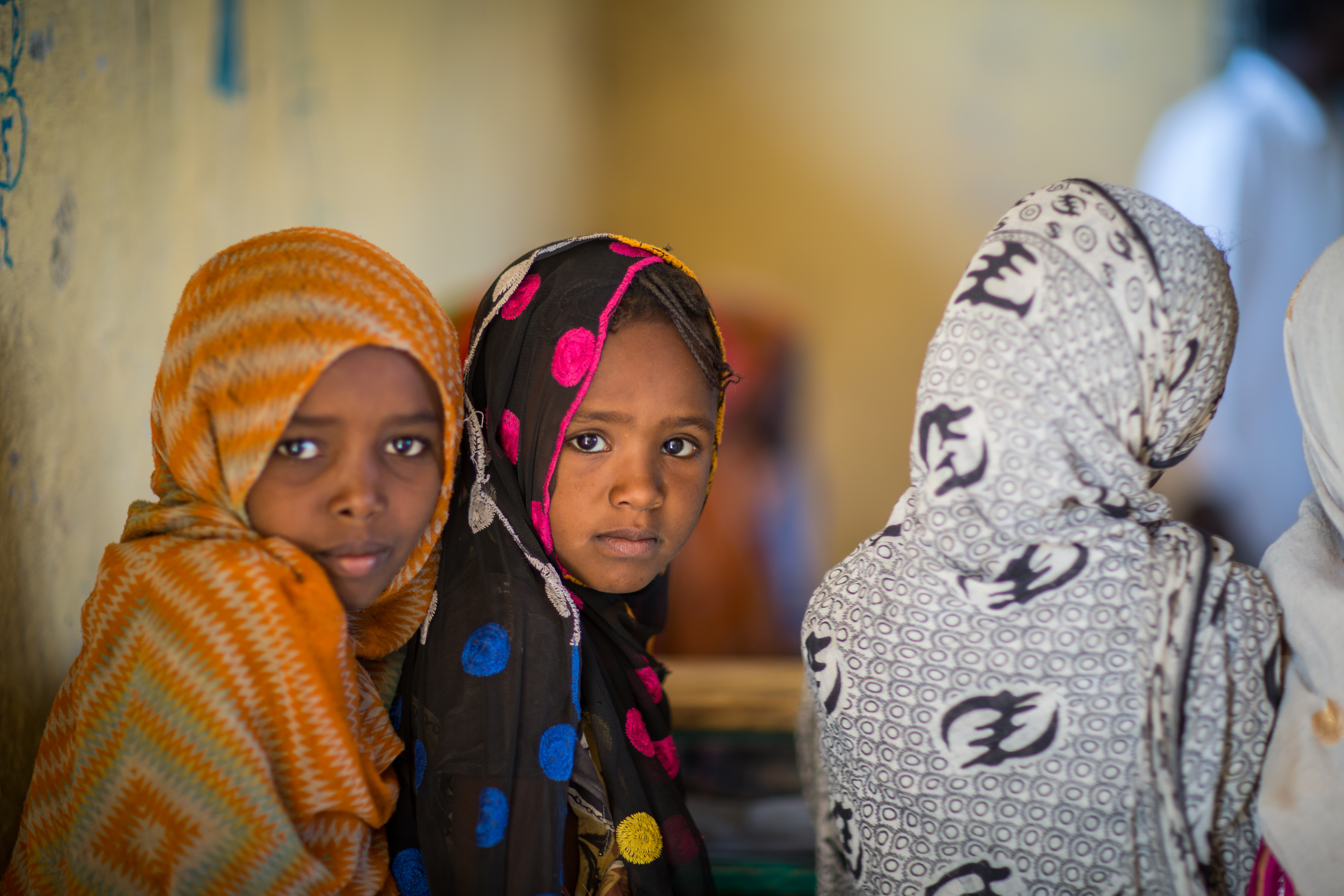In the Face of Unspeakable Violence, We Need Clear-Eyed Schools

By Mary Joy Pigozzi, Education Above All, Executive Director Educate A Child Programme
Across the globe, children and youth are witness to vicious violence and military mayhem while we talk about peace, justice and sustainable development.
It is Time to Say Enough
Children and young people learn as much from what they see around them, what they hear and observe, as they do in classrooms, no matter where they live. Multiple learning modalities are among the basic tenets educators aspire to, yet we apparently do not seem to fully grasp the implications of these principles. Across the globe, even in peaceful locations, children see, hear and understand that war is an acceptable part of their reality.
The education community has yet to stand up and say “not on my watch.” We will not stand by and bear witness to our youth being steadily bombarded with information that silently condones inflicting injury, or worse, with impunity.
Not only must we speak out against the scourge of war, but we need to acknowledge and fight against the daily infiltration in young people’s minds, thought processes, and behaviors with our apparent green-lighting of fighting; perpetration of pain, injury and even death; dehumanization of the other; and the denial of human rights as evidenced in much of the globe today.
Violence does not justify violence. My pain does not justify visiting pain on you. Yet this is what we see in practice, which is a dangerous path to our shared future.
Education as a Moral Compass
Education can give voice to peace, justice and sustainable development. As educators and believers in the power of teaching and learning, we must live by our values. In silence, we are complicit to nurturing a next generation accustomed to and accommodating of violence and suffering.
Education can and must play a crucial role to focus minds and hearts on acquiring knowledge, attitudes, skills, values and behaviors to live in harmony with oneself, others and the natural environment. Classrooms are sites where children from different backgrounds and circumstances can come together, and learn from each other about each other and the world at large. School playgrounds can promote the value of diversity and inclusion, where friends are made, civic values are nurtured, conflict resolution is practiced and empathy is exercised.
As educators and role models, we have a responsibility that goes beyond foundational literacy and basic arithmetic. We look to schools to promote:
(a) Emotional intelligence to understand and manage our emotions, as well as recognize and influence the emotions of those around us. This is essential to speak, listen and understand without resorting to confrontation.
(b) Awareness about the world we live in, when open mindedness, fostering tolerance, intellectual curiosity, individual growth and learning from diversity go hand-in-hand; and
(c) Social engagement, as a pathway for enabling inclusive societies supported by committed and active citizens. Education can foster emancipatory thinking, where teachers, parents and learners feel empowered as agents of change, speaking out in support of non-violent conflict resolution.
A Call to Action
Conflict throws a deep, dark shadow over sustainable development and the future of our youth and children. Nelson Mandela extolled that "Education is the most powerful weapon which you can use to change the world.” If schools are to truly live to their potential, they cannot and must not be blind to the overwhelming pain beyond their doors. They need to be the critical eyes of society and enable the next generation to see the pathways for a better, more harmonious world.
About the Education Above All (EAA) Foundation
The Education Above All (EAA) Foundation is a global foundation established in 2012 by Her Highness Sheikha Moza bint Nasser. EAA aims to transform lives through education. We believe that education is the single most effective means of reducing poverty, creating peaceful and just societies, unlocking the full potential of every child and youth, and creating the right conditions to achieve the Sustainable Development Goals (SDGs).
Through our multi-sectoral approach, unique financing models, focus on innovation as a tool for social good, and partnerships, we aim to bring hope and real opportunities to the lives of impoverished and marginalised boys and girls.



